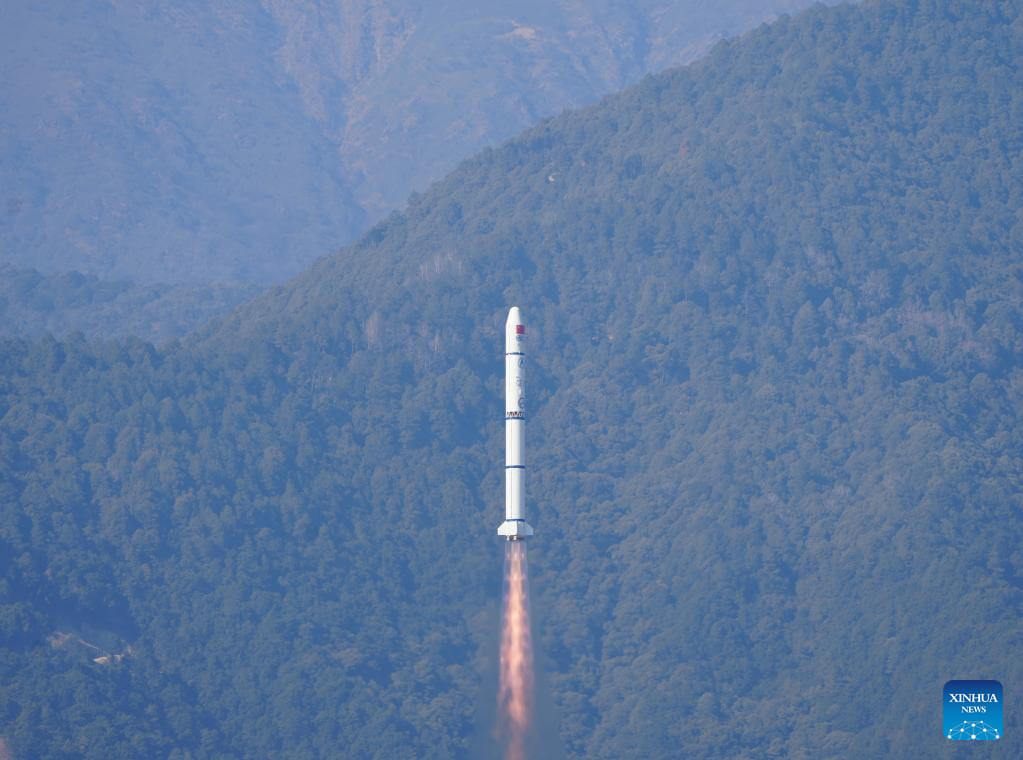
China sent a new satellite into space this Tuesday to observe transient phenomena in the universe that are still little known by scientists. The launch was carried out by a Long March-2C carrier rocket from the Xichang Satellite Center, Sichuan Province, in the southwest of the country. .
Weighing around 1.5 tonnes and with the volume of an SUV, the Einstein Probe (EP) satellite uses new X-ray detection technology inspired by the lobster’s eye and is shaped like a 12-petal lotus flower. “This is the most beautiful satellite I have ever seen,” said Yuan Weimin, principal investigator for the mission and a researcher at the National Astronomical Observatories of the Chinese Academy of Sciences (ACC).
The 12 “petals” are actually 12 modules consisting of a wide-field X-ray telescope (WXT), while the two “stamens” consist of two modules of the follow-on X-ray telescope (FXT). These telescopes form a space observatory designed to help scientists capture the first beam of light generated by a supernova explosion, search for and precisely locate the X-ray signals that accompany gravitational wave events, and discover dormant black holes and other transient celestial objects.
“As black holes and gravitational waves are predicted by Einstein’s theory of general relativity, the satellite was named after this great scientist,” Yuan explained. Scientists further imitated the special structure of the lobster eye when developing WXT, which can simultaneously achieve wide-field observation and focused X-ray imaging.
When lobster eye telescopes receive X-ray signals from a transient source, the onboard computer will process the data in real time and rotate the spacecraft to target the celestial body with FXT. FXT will then perform a high-precision follow-up observation. The two telescopes will complement and cooperate with each other, said Zhang Chen, assistant principal investigator for the mission.
Source: http://www.chinahoje.net/china-lanca-novo-satelite-para-observar-fenomenos-cosmicos/

